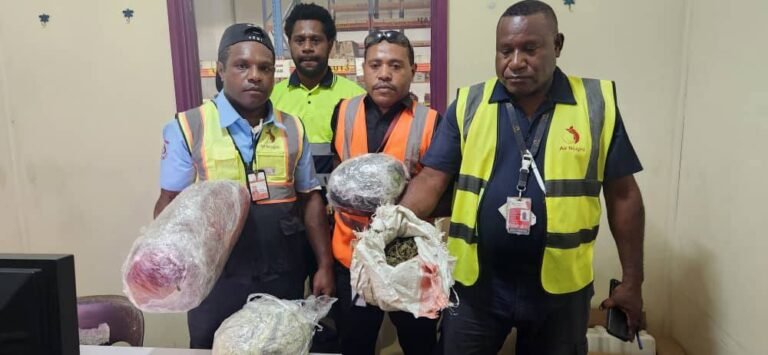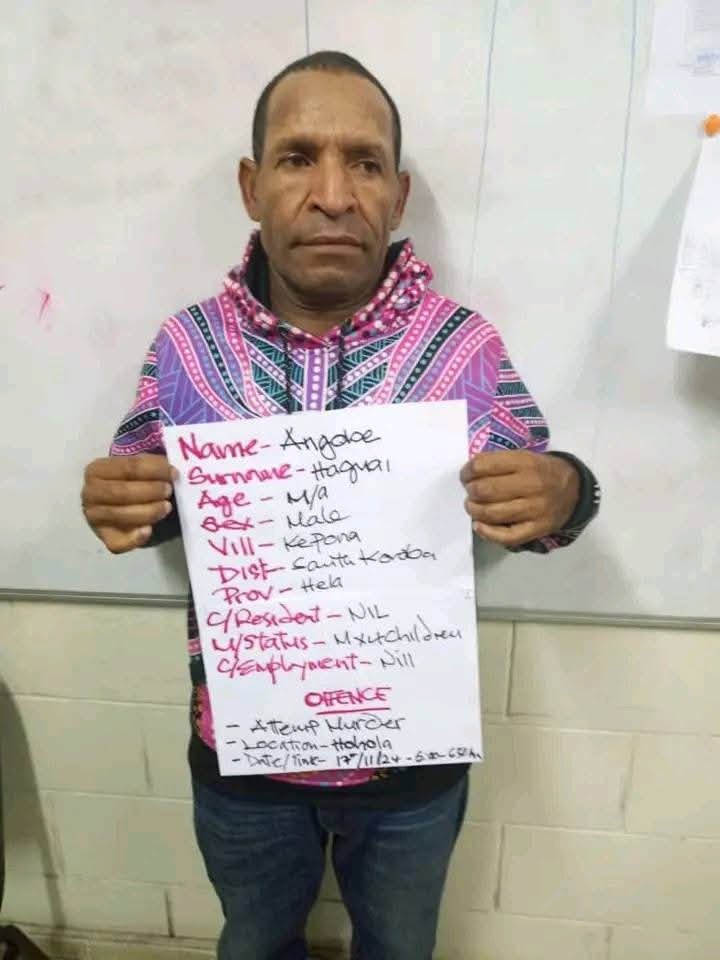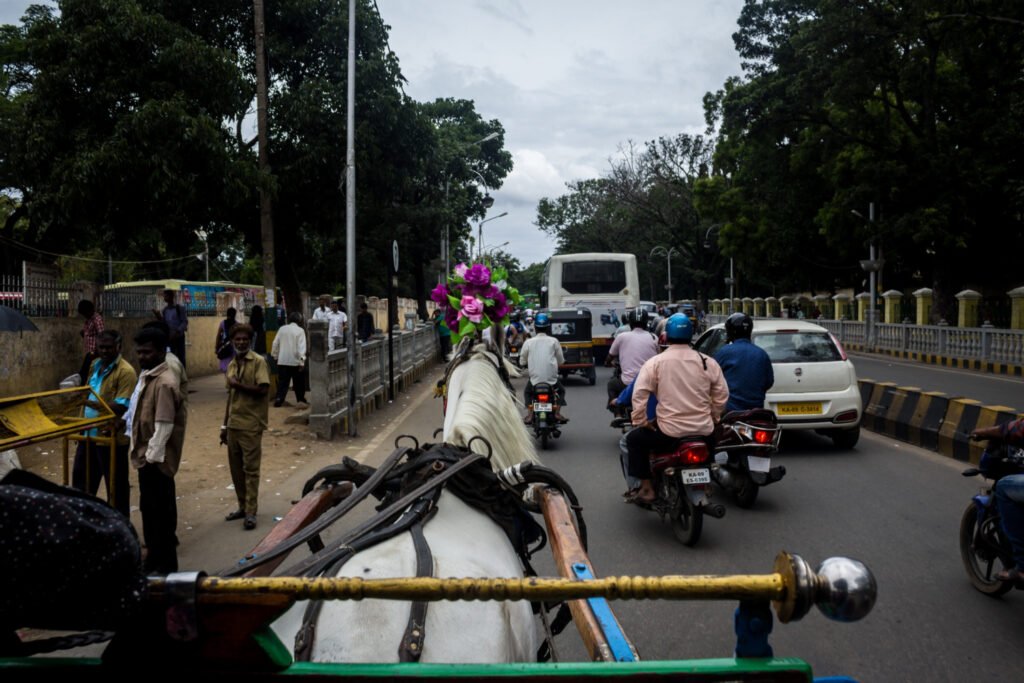A quiet revolution is underway in the energy landscape of Papua New Guinea, driven not by fossil fuels or imported technology—but by agricultural waste. In a major development for both rural electrification and sustainable energy, the PNG government and private sector players have signed a series of new Memorandums of Understanding (MOUs) to turn palm oil waste and other agro-residues into bioenergy.
These public-private agreements, backed by international energy partners and green investment groups, aim to transform biomass waste into electricity—particularly in underpowered rural areas.
Bioenergy: From Waste to Watts
PNG’s growing palm oil industry produces thousands of tonnes of waste annually—fronds, shells, empty fruit bunches. Until now, most of it has either rotted in landfills or been burned, emitting harmful smoke. But that is changing.
Using technologies like anaerobic digesters and biomass gasification, companies can now convert palm waste into biogas or direct combustion energy—which is then used to power mini-grids or feed into local utilities.
“It’s a win-win: less waste, more clean energy,” says Miriam Koani, a sustainability officer working with a Milne Bay-based palm oil cooperative. “We’re turning a pollution problem into a power solution.”
Rural Electrification Boost
This approach could be a game-changer for rural development. In provinces like West New Britain, where palm plantations are widespread but electricity access is limited, bioenergy provides an affordable, locally sourced solution to light up homes, schools, and health clinics.
A pilot project underway in Kimbe is already powering over 500 households using palm biomass, while nearby processing facilities use the same energy for their operations.
“We used to rely on noisy diesel generators that cost a fortune,” says Michael Paru, a village elder in East New Britain. “Now the lights are on every night—thanks to our own waste.”
Environmental & Economic Benefits
The advantages go beyond electricity:
- Reduces methane emissions from decomposing agro-waste
- Cuts reliance on imported diesel fuel
- Creates jobs in waste collection and energy system maintenance
- Stimulates circular economy thinking in agriculture
This aligns with PNG’s National Energy Policy and climate targets, while also attracting green finance from regional partners like Australia’s DFAT and ADB’s Clean Energy Program.
Challenges & Next Steps
Despite the promise, experts caution that scaling bioenergy won’t be automatic. Barriers include:
- Upfront costs for technology and grid infrastructure
- Limited technical expertise in rural areas
- Need for clear policy incentives and long-term maintenance plans
But progress is visible. New MOUs signed this year include capacity-building components, and PNG’s Climate Change and Development Authority (CCDA) is working to develop standard guidelines for bioenergy rollout in rural zones.
Conclusion: PNG’s Waste-Powered Future
Turning palm waste into power represents a unique PNG solution to global energy and climate challenges. As more communities tap into their agricultural by-products, PNG may emerge as a regional leader in rural bioenergy innovation—powering homes and livelihoods from the ground up.
“We’re not importing our future,” says one official from the Department of Energy. “We’re growing it.”

















